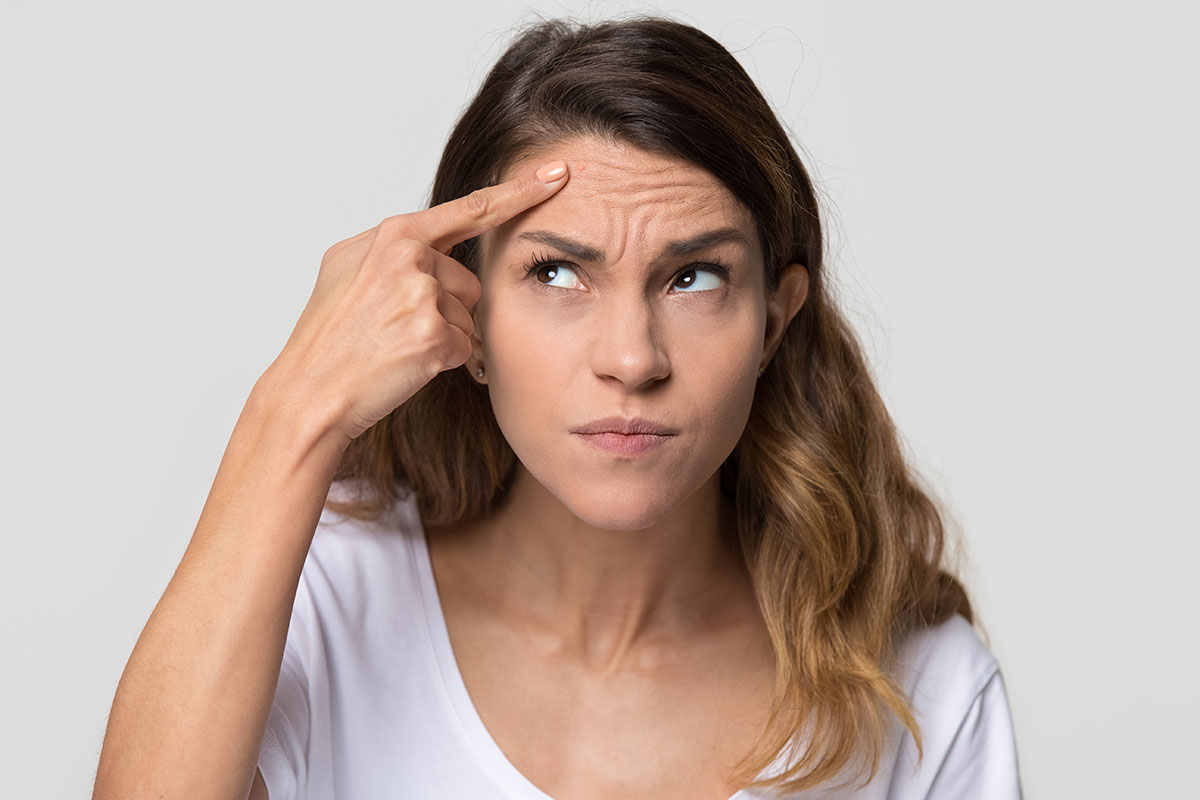
Botox
Botox is a cosmetic and medical treatment that involves injecting a purified form of botulinum toxin into specific muscles to temporarily reduce their activity. This procedure is primarily used to minimize the appearance of wrinkles and fine lines, offering a smoother, more youthful look. Botox works by blocking nerve signals to the targeted muscles, which relaxes them and prevents them from contracting. The treatment is not only popular for cosmetic reasons but also has medical applications, such as treating chronic migraines, excessive sweating (hyperhidrosis), and muscle spasms.
Botox is a non-surgical procedure with minimal downtime, making it a convenient choice for those looking to improve their appearance or address certain medical conditions without undergoing invasive treatments.
Types of Botox Treatments
Cosmetic Botox
Cosmetic Botox is widely known for its ability to reduce the appearance of wrinkles and fine lines on the face, particularly in areas like the forehead, between the eyebrows (glabellar lines), and around the eyes (crow's feet). By temporarily paralyzing the muscles that cause these wrinkles, Botox smooths out the skin and creates a more youthful appearance.
Cosmetic Botox is an effective treatment for both men and women who want to address the signs of aging without surgery. Results typically begin to appear within 3 to 5 days after the injection and last for 3 to 6 months. Many patients opt for follow-up treatments to maintain their smoother, younger-looking skin. The procedure is quick, usually taking around 10 to 15 minutes, with little to no recovery time.
Therapeutic Botox
Therapeutic Botox is used to treat a variety of medical conditions. One common use is for chronic migraines, where Botox injections can significantly reduce the frequency and intensity of headaches. Patients who suffer from chronic migraines often receive Botox injections in specific areas of the head and neck every 12 weeks to help prevent migraine attacks.
Another therapeutic use is for hyperhidrosis, or excessive sweating. In this case, Botox is injected into areas like the underarms, hands, or feet to block the nerves that trigger sweat production. The effects typically last 4 to 6 months, offering relief from excessive sweating and improving the quality of life for those affected. Therapeutic Botox is also used for treating muscle spasms, overactive bladder, and certain types of muscle stiffness.
Advantages of Botox
There are several key benefits to choosing Botox for cosmetic or therapeutic purposes:
- Non-invasive and quick: Botox treatments are minimally invasive, requiring only a series of small injections. Each session typically lasts less than 30 minutes, with minimal downtime.
- Effective and versatile: Botox can effectively reduce the appearance of wrinkles and fine lines, as well as treat a range of medical conditions such as migraines and excessive sweating. The effects are noticeable within a few days and can last for several months.
The procedure is fast, convenient, and relatively painless, making it an attractive option for both cosmetic enhancements and medical treatments.
Pre- and Post-Exam Care
Pre-exam care: Before receiving Botox, it is important to avoid certain medications, such as blood thinners and anti-inflammatory drugs, for a few days prior to the procedure. This helps minimize the risk of bruising at the injection sites. Your healthcare provider will review your medical history and discuss any medications you are taking to ensure the treatment is safe for you.
Post-exam care: After the procedure, patients are advised to avoid rubbing or massaging the treated areas for at least 24 hours, as this can cause the Botox to spread to unintended muscles. Strenuous exercise, lying down, and exposure to heat (such as saunas) should also be avoided for the first day to reduce the risk of side effects. Minor swelling or bruising at the injection sites is common but should subside within a few days.
Frequently Asked Questions (FAQ)
1. How long does Botox last?
Botox results typically last between 3 to 6 months, depending on the individual and the area treated. Follow-up treatments are recommended to maintain the effects.
2. Is Botox painful?
Most patients experience minimal discomfort during the injections. Some areas may feel slightly more sensitive, but the procedure is generally quick and well-tolerated.
3. Are there any side effects?
Common side effects include temporary swelling, bruising, or redness at the injection sites. These effects usually resolve within a few days. Serious side effects are rare but can include allergic reactions or unintended muscle weakness.
Botox Services at Clinic Consultation
At Clinic Consultation, we offer professional Botox treatments tailored to both cosmetic and therapeutic needs. Our experienced medical staff ensures safe and effective results, whether you are looking to reduce wrinkles or manage conditions like migraines and hyperhidrosis.
Book an appointment today to learn more about Botox services at Clinic Consultation and how they can benefit you.
Click the button below to schedule your appointment online.